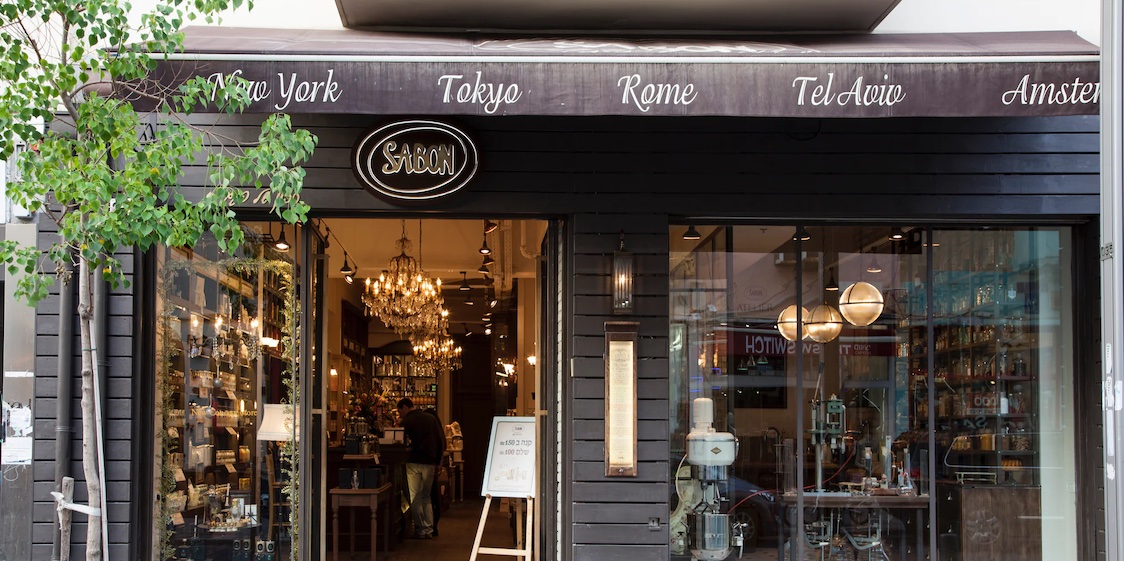Israeli prestige beauty brand Sabon is hitting the reset button following its 2020 bankruptcy, starting with an expansion into Ulta Beauty via 474 doors.
The partnership with Ulta Beauty marks the first time Sabon has sold its products outside of its own e-commerce site and standalone stores since entering the U.S. market in 2003. The 25-year-old brand maintains 200 global standalone stores in 15 countries, including 70 in Japan. Sabon, perhaps best known for its Dead Sea salt body scrubs, as well as body lotions, shower gels and home fragrance, was one of many casualties of Covid-19 retail closures. It filed for Chapter 11 bankruptcy in May 2020, during the height of the pandemic. In the filing for its holding company, Sabon listed debts as between $10 million and $50 million and assets as less than $500,000. Ulta Beauty is not the only part of Sabon’s comeback strategy; in September, Sabon also re-platformed its DTC e-commerce site to use Shopify and expanded distribution to Amazon.
“The U.S. territory is so big that resuming a physical presence in the U.S. is going to take time, and our goal is to establish a balanced omnichannel distribution,” said Sébastien Guinchard, CEO of Sabon USA. “Ulta Beauty is the perfect match with over 1,300 doors, and they have succeeded in creating a community of beauty enthusiasts.”
Since 2020, Sabon has doubled its e-commerce sales to 70% of the brand’s revenue, with the most growth coming from outside of New York, said Guinchard. Approximately 50% of e-commerce sales are now from outside metropolitan cities. Guinchard said Sabon is positioned well as a gifting brand, which is a strong source of how people discover the brand. Additionally, Sabon shifted its advertising to prioritize digital as of 2019 and has doubled its investments since then.
The brand used an undisclosed U.S. distribution partner from 2003-2017, when it expanded its brick-and-mortar footprint to about 15 stores. In 2017, Groupe Rocher purchased a 66% stake in Sabon for $129 million and the remaining 33% in 2018 for approximately $46 million. Between 2019 and 2022, Sabon closed several stores, including five as part of its Chapter 11 restructuring. It currently operates four stores in New York, including three in Manhattan. Sabon emerged out of bankruptcy in the summer of 2021. It plans to grow its revenue by double-digits over the next 5-7 years.
“Chapter 11 was the opportunity to downsize to an acceptable number of doors,” said Guinchard. “That’s why we are launching so many initiatives right now. It was a key moment in pivoting and re-launching the brand in the U.S.”
Sabon’s retail stores were notable for encouraging customers to try out its hand soaps, body scrubs and lotions in large stone sinks that could accommodate several people. Within Ulta Beauty, Sabon products are located within the bath and body section. Sabon has three feet of shelf space housing its shower oil, body scrubs and body lotions. A travel-size trio discovery set is also for sale. Body lotions are open for testing in-store, and Sabon plans to distribute over 100,000 sachets of all three products to Ulta Beauty customers over the next 12 months. Sampling is a big part of Sabon’s current customer acquisition strategy, as it produced 100,000 samples for Allure’s September beauty box. Ulta Beauty declined to comment.
Ad position: web_incontent_pos1
Although Sabon has pivoted away from its own retail stores, opening additional locations is not out of the question. Guinchard said that over the next 7-10 years, the brand could potentially open stores in Florida, Illinois, Texas and California.
“A long-term adjustment needed to happen. Specialist retailers are taking [up] more space [in the beauty shopping experience] and are now a one-stop shop,” said Guinchard. “[But our own stores] are going to be an instrumental tool to recruit new customers to fuel and nurture the double-digit growth that we have in mind for the coming years.”




